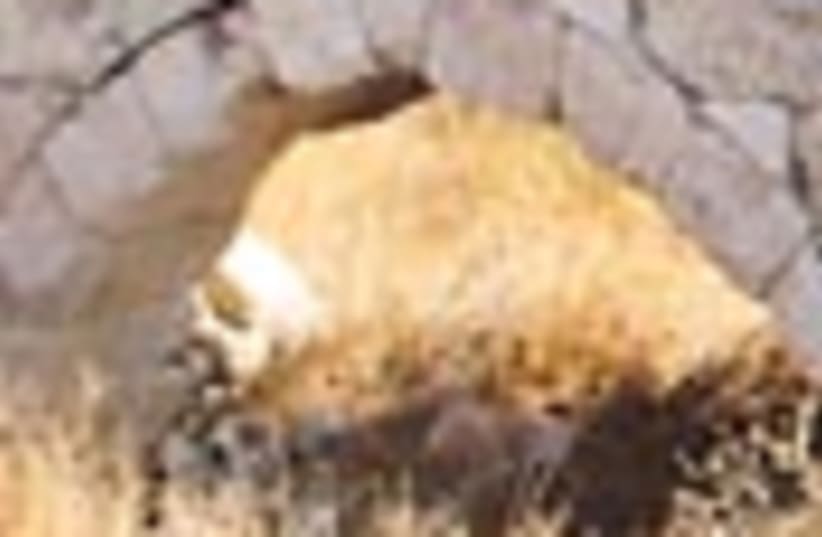| More about: | Latrun, Mickey Marcus, Bar Kokhba revolt, Mevaseret Zion |
The Burma Road - From Latrun to Mesilat Zion
Bring your kids along on this historical journey through the Bible and the Crusades.


| More about: | Latrun, Mickey Marcus, Bar Kokhba revolt, Mevaseret Zion |